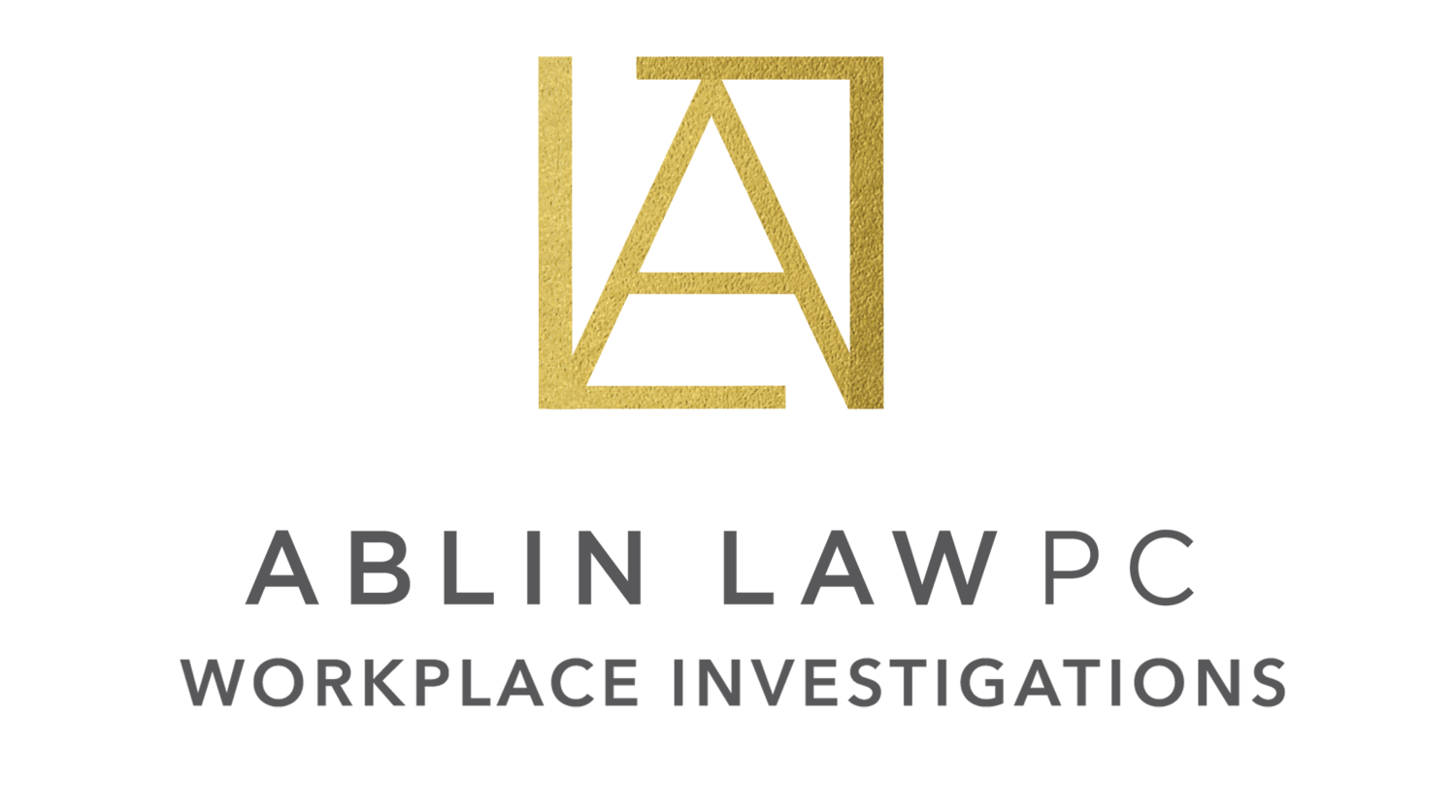Proper documentation is essential to effective, defensible workplace investigations. For both internal and external workplace investigators, maintaining accurate investigation records not only provides transparency but also can serve as critical protection against challenges to the impartiality or reliability of investigation findings.
Why Documentation Matters
Legal Challenges:
Frequently, the results of an investigation are not questioned until litigation, which is often one to two years after the conclusion of the investigation. In the event that an investigator is deposed regarding their methodology or conclusions, having detailed records of the process and the basis for their findings can affect the outcome of the litigation.
Not only do the memories of the parties and witnesses tend to fade, the same is true for the memories of investigators. Contemporaneous documentation of an investigator’s process and basis for findings is often reviewed for reference by them in preparation for deposition. Without enough documentation to jog the memory of an investigator, they may appear unable to explain the rationale for reaching certain conclusions. This may call into question the reliability of their findings, and it may even damage the reputation of the investigator.
On the other hand, when an investigator has detailed documentation to reference, they are more likely to be able to recall and to more effectively respond to questioning about the basis for their conclusions. Moreover, if and when satisfactory documentation of an investigation is provided to a party, it may reduce or eliminate the party’s interest in deposing the investigator at all.
Transparency & Consistency:
There are also times when an organization decides to share the investigation report and/or associated materials in the non-litigation context. Being transparent about the investigator’s fact and credibility analyses may help reduce any concern about the investigation being inadequate or biased. Additionally, being able to show that there is a consistent methodology used in all investigations helps reflect that and can also demonstrate that the organization values fairness and integrity.
Organizational Improvement:
Finally, documentation of investigations can also serve as an insightful tool for organizational growth. Reviewing investigation records can highlight patterns or recurring issues within departments or teams. With this information, HR and management can proactively adjust policies, offer targeted training, and foster a healthier workplace culture.
What Should Be Documented
- Initial complaint: Date and time received, method of submission, nature of allegations, and reporting party.
- Investigation plan: The EEOC has explicitly stated that one indication of an effective investigation may include having an “investigative plan.” See Summary of Key Provisions; EEOC Enforcement Guidance on Harassment in the Workplace (2024). Ideally, an investigation plan should include the date the investigation began (including any reasons for delay), the preliminary scope of the investigation, the methodology that will be used, the anticipated witnesses to be interviewed, and the initial documents needed for review.
- Interviews: Best practices include documenting all interviews with comprehensive notes that include date, location, content, attendees, and interview summaries or written statements. Additionally, you should document your provision of the standard admonitions to each witness regarding confidentiality, retaliation, and, if applicable, that the attorney investigator does not represent the witness.
- Evidence index: An organized list detailing all reviewed evidence, such as emails, texts, videos, policies, and other relevant documents. This should include evidence that was reviewed but not used in the report as exhibits.
- Actions taken: For internal investigators, you will need to keep records of interim measures taken, such as placing an employee(s) on administrative leave, separation of the parties, or steps taken to avoid retaliation.
- Findings and analysis: Even if no report is requested, a summary of the facts, along with notes regarding your evidence and credibility analyses, should be maintained.
- Close-out report: When a report is requested, your report will need to include the scope of the investigation, a factual summary, the methodology used, the witnesses interviewed, the evidence reviewed, your analysis of the facts, including credibility determinations, and a clear and concise statement of your findings.
- Communication: Internal investigators should also document how and when investigation results were communicated to involved parties.
Final Thoughts
Thorough documentation of an investigation should not be viewed merely as an administrative task, but rather as a strategic asset critical to protecting the parties, the organization, and the investigator. Sometimes the difference between an investigation being legally defensible or not hinges on what has (or has not) been documented. When an investigator creates and retains documentation reflecting a prompt, adequate, and impartial investigation, it helps organizations foster a transparent and respectful workplace culture.


Recent Comments